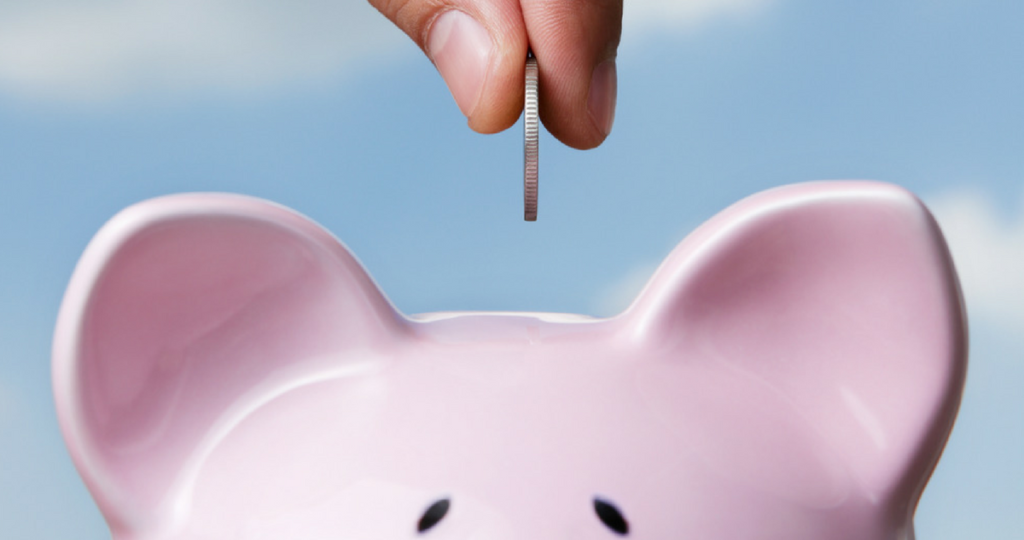We all have our fears — some more irrational than others. You might be surprised to learn that Adele has a severe case of stage fright, despite travelling the world in support of her album, 25 or that Justin Timberlake is so afraid of spiders he’s had to call reception when he found one in his hotel room.If you’re like plenty of Canadians struggling to make ends meet, it’s not performing a sold out concert that gets your blood pumping—it’s your finances. Unfortunately, you can’t quite ignore your bank account like you can the spider in the corner. Turning your back on your account balance and hoping for the best is a form of financial suicide. Sooner or later, your off-the-rails spending habits will catch up to you.
.
If it already has, then you know you need a household budget to get back on track. The task is a notoriously tedious one. The number-crunching you need to do in order to tally each loonie that comes and goes from your wallet isn’t exactly how you’d like to spend your evening. But it’s more than just a boring way to fill your time. It can be an important wake up call. You can’t ignore your spending habits when they’re in front of you in black and white (or, in your case, in the red).
Once you know how your wallet is hemorrhaging money, you cancut those expenses out of your budget. Financial advisors suggest Canadians work with the 60–40 Rule when tabling their budget. Roughly 60% of your income should go towards typical monthly expenses like rent, insurance payments, and groceries. The remaining 40% of your income should be split evenly between savings, debt reduction, and pocket money.
If your monthly necessities eat up more than their fair 60%, you’ll have less money to contribute towards essential savings. That means you’ll be less prepared for surprise expenses that come your way. An unexpected bill, uncovered prescription, or household repair needs to be paid, and you can’t expect to magically reveal another source of income. You can’t get more money out of your paycheque any more than you can get blood out of a stone.
Luckily, there are lenders like GoDay that offer loans starting at $100 for first borrowers and up to $1,500 for return customers. Though relatively small in size, their short term loans provide a simple, fast, and convenient alternative to conventional lenders. You’ll want to read up on their rates, terms, and conditions to learn more about how typical payday loans work. The extent of their products will vary depending on where you live, but their application process remains the same across the country. Whether you go online or to one of their storefront locations, you’ll be able to experience a no-nonsense approach to lending.
A cash advance can help you pay for unexpected expenses while you’re still getting your budget together. They’re a great way to supplement you income when you’re first getting back on track, but don’t let them become a permanent fixture of your budget. They’re designed to be short term assistance for non-recurring responsibilities.
But before you can search out a convenient loan, you first need a budget. It can help you determine what loan is most appropriate for your situation. More importantly, it can help you determine where you can naturally shave off purchases, so you’re saving more and spending less.








